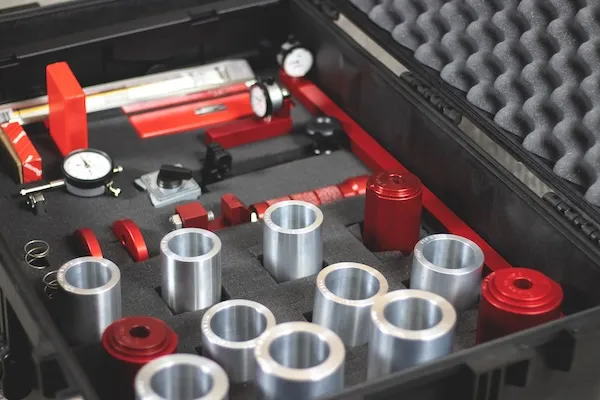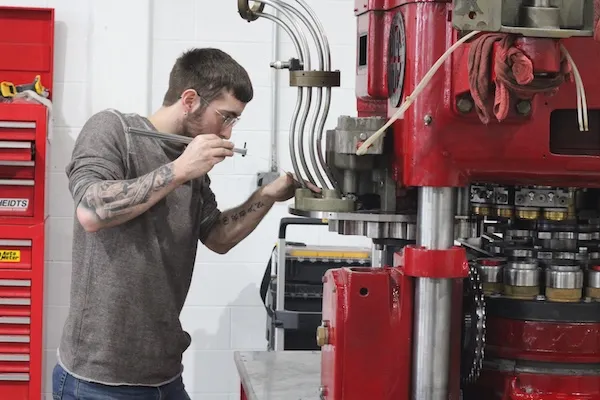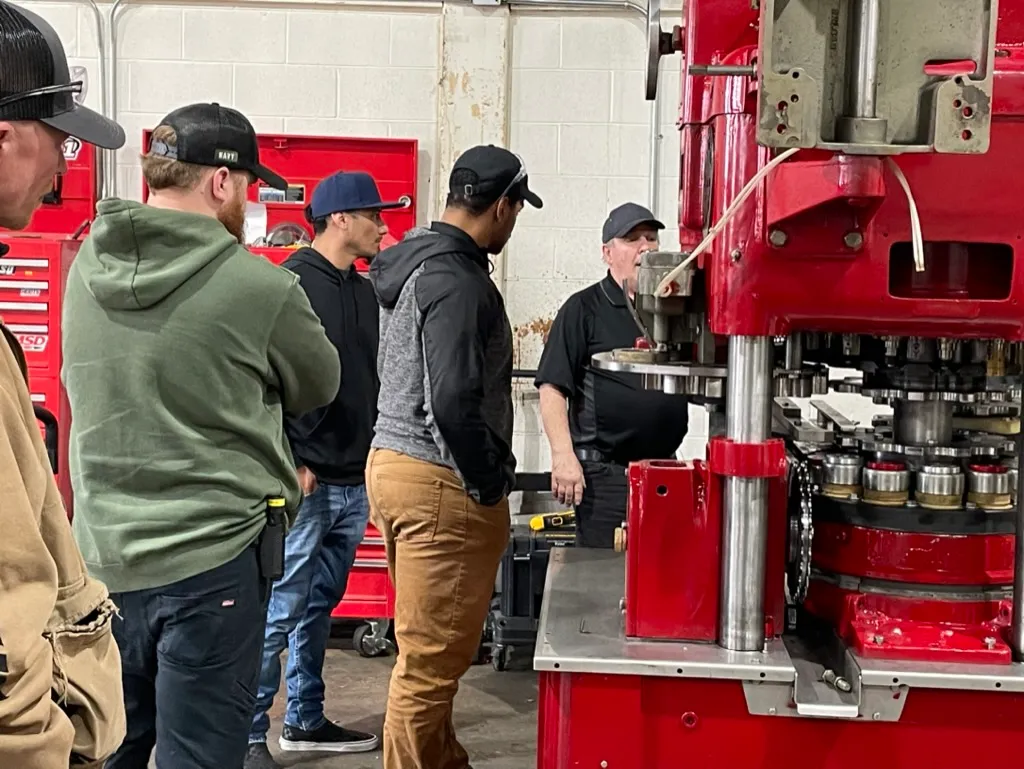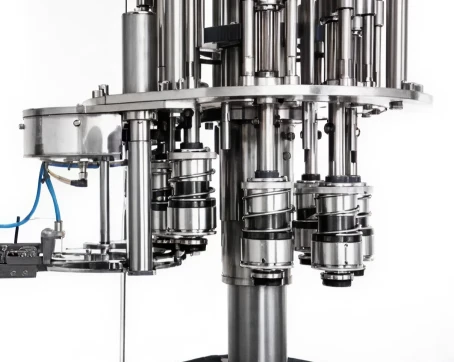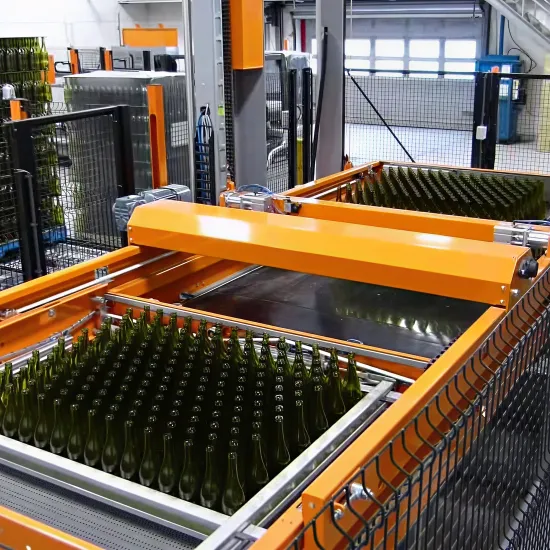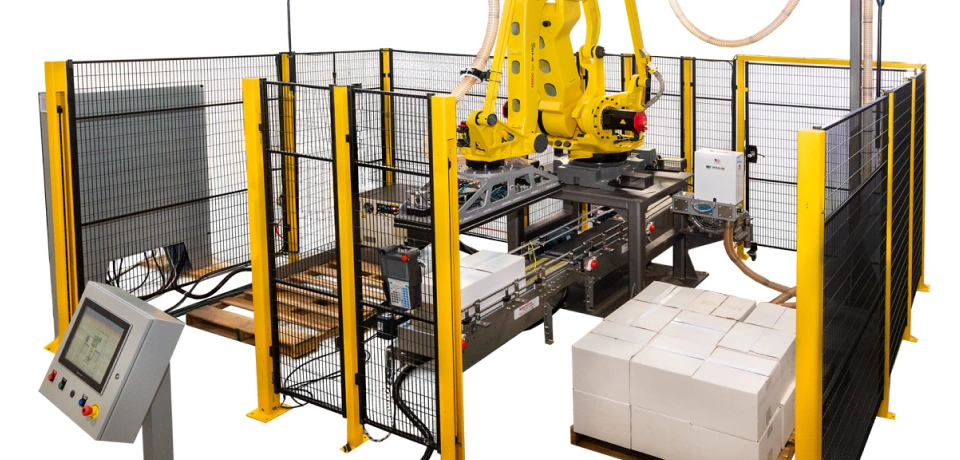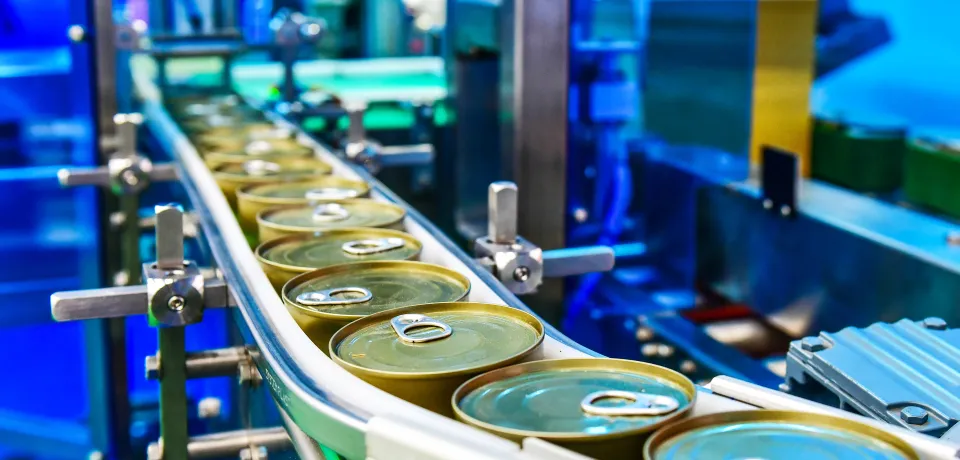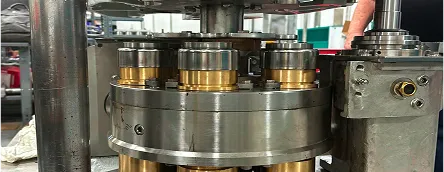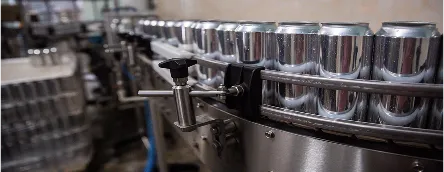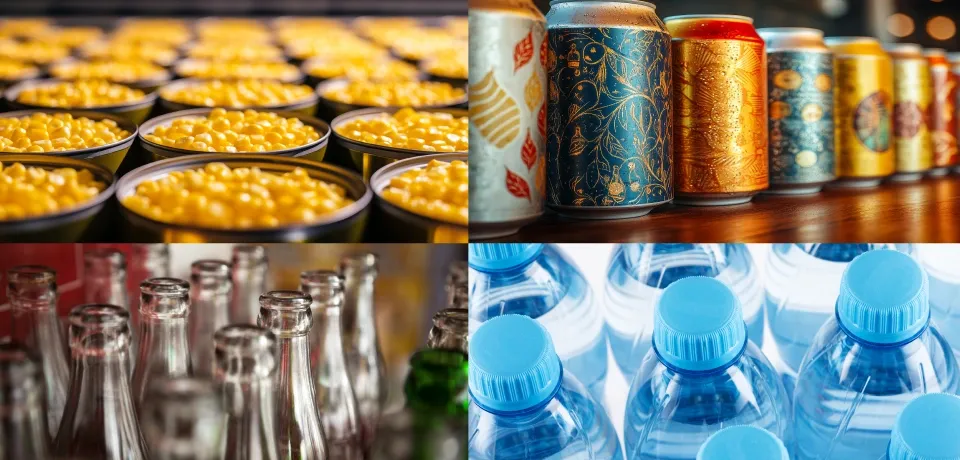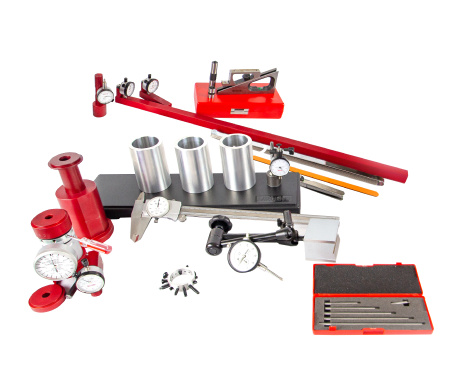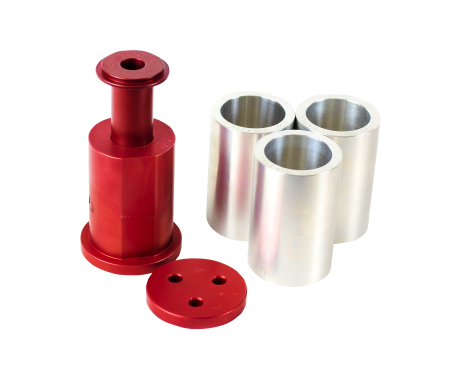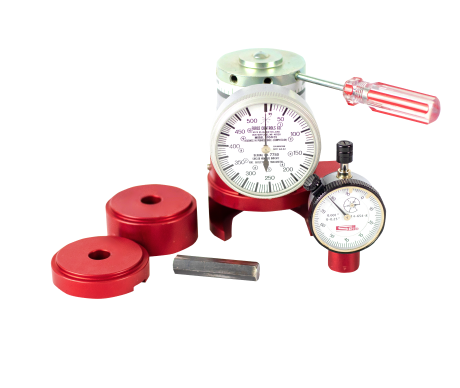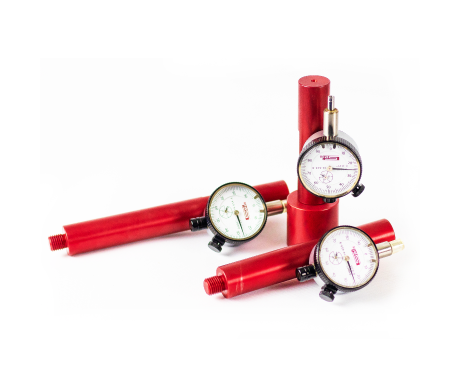Can and Bottle Packaging Solutions
Unplanned downtime means money lost. Prolong equipment lifespans and become more self-sufficient with parts, service, education, and maintenance for all stages of your production.
Time
Empower your production team to become more self-sufficient and reclaim your most valuable asset
Solutions for each stage of the packaging line
Categories
Find the products, services, and training materials to support success on all areas of your packaging line.
RSS MACLIN Brand Exclusives
Explore our customizable line of RSS MACLIN branded tools and kits.
Our Vendors
Get aftermarket, retrofit, and custom parts from leading names in the can and bottle packaging industry.



